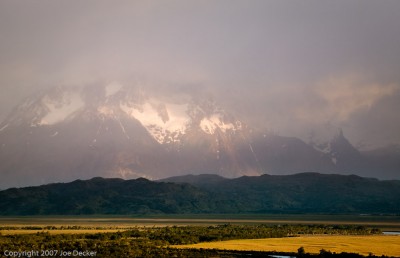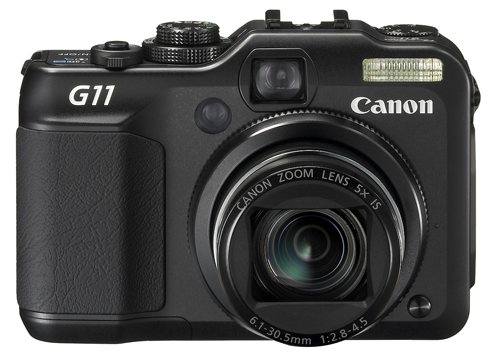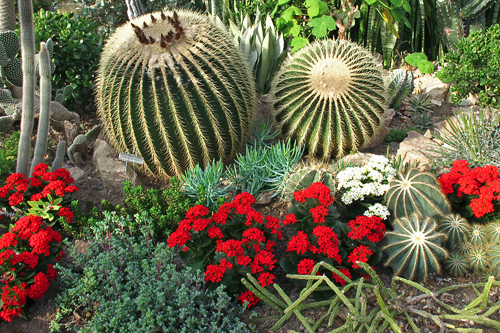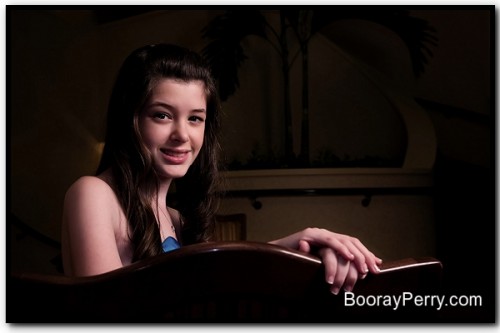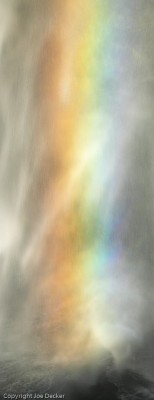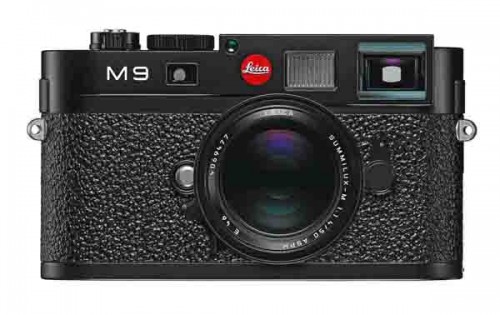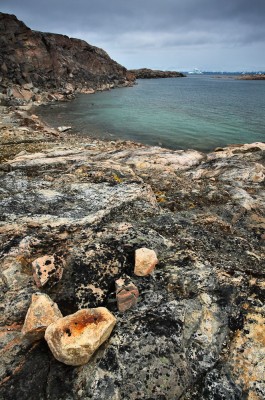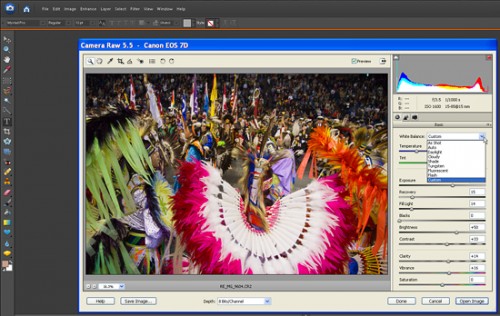Cause Marketing for Photographers
As we move towards the coming new year many of us are beginning to implement a new marketing plan. Also, as the holiday season comes to a close many of our thoughts are on giving. Cause marketing is an opportunity to combine the two. For those unfamiliar with the term, cause marketing is a form of marketing that allows two organizations, one for profit, and one non-profit, to work together to further each of their individual marketing/development goals in a cooperative fashion. Think of the (product) RED campaign, or the partnership between the NFL and United Way.
Cause marketing can be as simple as offering a sponsorship to a local charity event, or as involved and complex as you care to make it. Below are some examples of actual cause marketing campaigns I’ve seen photographers in my market employ”¦
- A local portrait/wedding studio holds quarterly workshops for photographers on various business practice issues. They host at their studio and usually bring in a guest speaker. They don’t charge attendees directly but ask that they make a donation to a specific charity ($40 to the local food bank or so.)
- A commercial photographer sponsors a hole-in-one contest at a charity golf outing. If a participant scores a hole in one, they win $10,000. He gets a bond each year to cover it for about $100. He’s at the tee of that hole, shoots a photo of the foursome and mails each of them a print (with his logo and web address of course.)
- A fine art photographer gives 25% of sales of a series of images of the Chesapeake Bay to a local environmental charity.
- In lieu of holiday gifts for his corporate clients, an industrial photographer makes a donation to the USO (many of his clients are in the defense industry and are veterans). He then sends the clients a note thanking them for their business and letting the client know that he’s made that donation. (more…)

